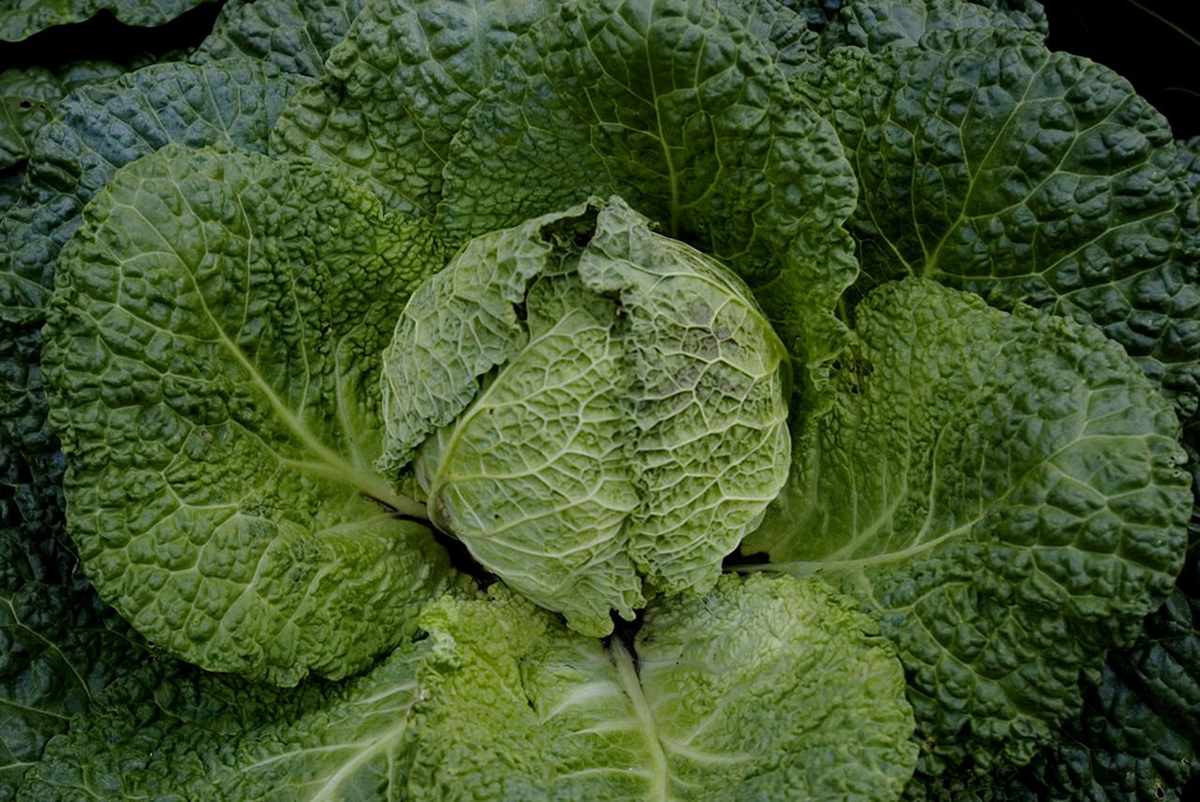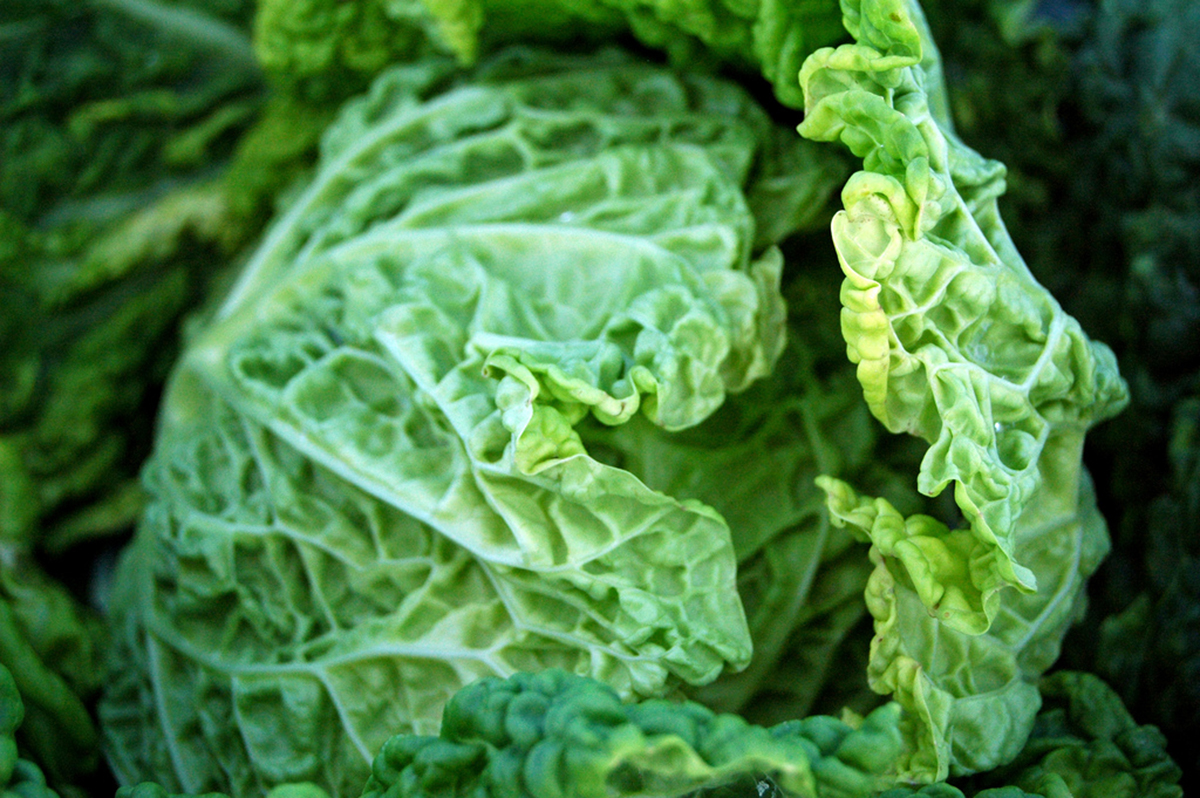“Nothing is sexier,” Dr. Drew Ramsey says, “than a sharp, happy mind atop a lean, healthy body.” How does this medical doctor propose that we all become sex magnets with our happy brains and beautiful bodies? By eating kale, of course. Some people just can’t get enough kale.
The Nutritional Benefits of Kale
For the few of you who don’t know, kale is a crucifer in the Cabbage Family. It’s actually a variety of the same species of plant that appears as white cabbage, green cabbage, and brussels sprouts. There really are some significant nutritional benefits from eating kale. It’s a great source of vitamin K1. A single serving of kale delivers about 600 percent of the recommended daily intake of this vitamin that is essential for normal blood clotting. Kale is a source of lutein and zeaxanthin, two micronutrients that are very helpful in maintaining eye health. It has more vitamin A than any other leafy green, and there’s as much calcium (although not in a form that’s readily absorbed) in a cup of kale as there is in a cup of milk. Kale is also a great source of alpha-linoleic acid, which the body can transform into useful omega-3 fatty acids, especially when estrogen levels are high.

There are dozens of ways to prepare kale, ranging from Hot Bacon Kale to Kale-Black Cherry Sorbet. It’s cheap, it’s available nearly all year, and no one is going to say you don’t care about health if you serve it. That doesn’t mean that eating kale is always a good idea.
Near-Death by Kale
I’m a good example of how eating too much kale can lead to near-death experiences. I can’t put all the blame on kale. One hot summer day in 2009 I bought a “large” (2-1/2 cup) container of a really tasty kale salad from the deli at Whole Foods. I ate the whole thing for lunch. Then a little later that afternoon I took a spin out to see a farm in the country. On the way back to my home, the two back tires on my SUV blew out, and the battery in my cell phone went dead. I had to walk about 5 km (3 miles) in 110-degree (43 degree C) heat to get back to a location from where I could call a tow truck.
READ How To Make Green Smoothies That Don't Suck
When I finally got to civilization, I was seriously dehydrated. I chugged two whole quarts of ice water. That turned out to be a terrible mistake. The ice water quickly met the kale salad I had digesting in my bowel, and formed some kind of congealed mass (the technical term is a bezoar) in my small intestine. Moreover, the cold water stopped circulation to my colon, so I quickly developed a condition called ischemic colitis. Another two hours passed and I was having a conversation with a surgeon about whether I would have to have an emergency colostomy—then they checked my insurance and decided I wouldn’t. I recovered, after six days in the hospital and six weeks of bed rest, with three more relapses before my colon healed. Most people, however, have a less dramatic issue with kale.
Kale-Induced Heavy Metal Syndromes
Dr. Ernie Hubbard is a physician in Marin, a wealthy, healthy conscious suburban California county just north of San Francisco. His patients can afford to eat anything they like, and they like to eat healthy. (When I lived in Marin 30 years ago, they put alfalfa sprouts on hamburgers, or just left off the hamburger.) A few years ago Dr. Hubbard started seeing patients who had a variety of symptoms usually associated with heavy metal poisoning:
- Hair loss.
- Dry, red, itchy, scaly skin.
- Foggy thinking.
- Cardiac arrhythmias.
- Chronic fatigue.
People in Marin tend to be extremely well-informed, and many of Dr. Hubbard’s patients came in asking for tests of gluten sensitivity and Lyme Disease. Usually the tests would come up negative. The doctor didn’t really have a clear idea of what was causing a common problem until his office was approached about testing a heavy metal detoxification formula called Z Natural. This product was designed to bind and remove toxic metals from the bloodstream, such as lead, cadmium, mercury, and nickel.

Dr. Hubbard had no trouble lining up patients to test the formula. In no time at all, he had a couple dozen people peeing into cups for heavy metal testing. As he started compiling results from urinanalysis before, during, and after using the detox product, he noticed something odd. First one person and then another and another tested positive for cesium and thallium, two metals not usually on a naturopath’s radar. He couldn’t imagine how his patients were getting contaminated with these two extremely toxic metals. Then in 2014 he stumbled across an old article from Czechia about how cruciferous vegetables, especially kale, were “hyperaccumulators” of thallium. The more intensely green the vegetable, the more promised benefits, and the more likely it was to accumulate thallium and cesium.
Between 2010 and 2015, the number of restaurants serving kale, according to one survey, has increased 500 percent. The number of US farms raising kale (which used to be seldom found in a grocery) had increased from 954 to over 2,500 between 2005 and 2012. Kale was being served as kale chips, kale soups, kale smoothies, raw kale, steamed kale, even kale kraut and kimchi. “Oh my God,” Hubbard thought, “my patients are being poisoned by kale.”
Hubbard decided to see whether kale was really the culprit behind his patient’s inexplicable symptoms. Every time a patient presented with symptoms that could be explained by thallium poisoning, or with symptoms that could not be explained, he asked them what was their favorite vegetable. He’d make a note of the vegetable on a note card. Then he started showing patients with heavy metal poisoning symptoms the growing stack of note cards listing kale as a favorite green.
Many of Hubbard’s kale-eating patients were testing for up to 35 times the toxic threshold for thallium. Their thallium levels were up to 4,700 times higher than the average for Americans who don’t eat kale. And when patients could be persuaded to cut back on crucifers, doctor’s advice many patients resisted, they started getting better.
The problem isn’t just thallium. Kale, like other leafy greens, can absorb a variety of heavy metals. The sum of the effects of these heavy metals together is greater than the sum of their effects individually. If you are getting contamination with thallium and cesium and thorium and nickel, for example, it isn’t as if your body had to deal with 1 + 1 + 1 + 1 contaminants, it’s more like your body has to deal with toxicity 20 or 100 times worse than contamination with a single heavy metal.
Hubbard discovered that the source of the contamination in kale was organic fertilizers. Ground rock dust wasn’t being tested before it was used by growers. Making matters worse, organically grown has more of the glucosinolates sulfur compounds that keep you healthy and also bind heavy metals in your thyroid and adrenal glands.
READ Will Eating Greens Every Day Improve Your Lupus?
What’s a health-conscious kale lover to do? Ironically, unless you know your grower, it may be safer to eat conventionally raised kale. In California, locally grown greens may be problematic due to radiation from Fukushima.
Keep in mind that the benefits of kale for your health are limited to just three or four servings a week. Eating more provides plant nutrients your body can’t absorb. Enjoy kale, but don’t go overboard. Get essential nutrients from a variety of foods. Mustard greens absorb a much small amount of heavy metals from the same soil used to grow kale, but amaranth greens can be become even more toxic than kale. Variety is the key to success.
- Dr. Robin Berzin. Is Kale Really Toxic? Mind Body Green. 21 July 2015.
- Penrose B, Johnson Née Payne KA, Arkhipov A, Maksimenko A, Gaschak S, Meacham MC, Crout NJ, White PJ, Beresford NA, Broadley MR. Inter-cultivar variation in soil-to-plant transfer of radiocaesium and radiostrontium in Brassica oleracea. J Environ Radioact. 2016 May.155-156:112-21. doi: 10.1016/j.jenvrad.2016.02.020. Epub 2016 Mar 3. PMID: 26945429.
- Photo courtesy of stc4blues: www.flickr.com/photos/stc4blues/7807898154/
- Photo courtesy of heyheysuz: www.flickr.com/photos/heyheysuz/8799366195/
- Photo courtesy of heyheysuz: www.flickr.com/photos/heyheysuz/8799366195/

